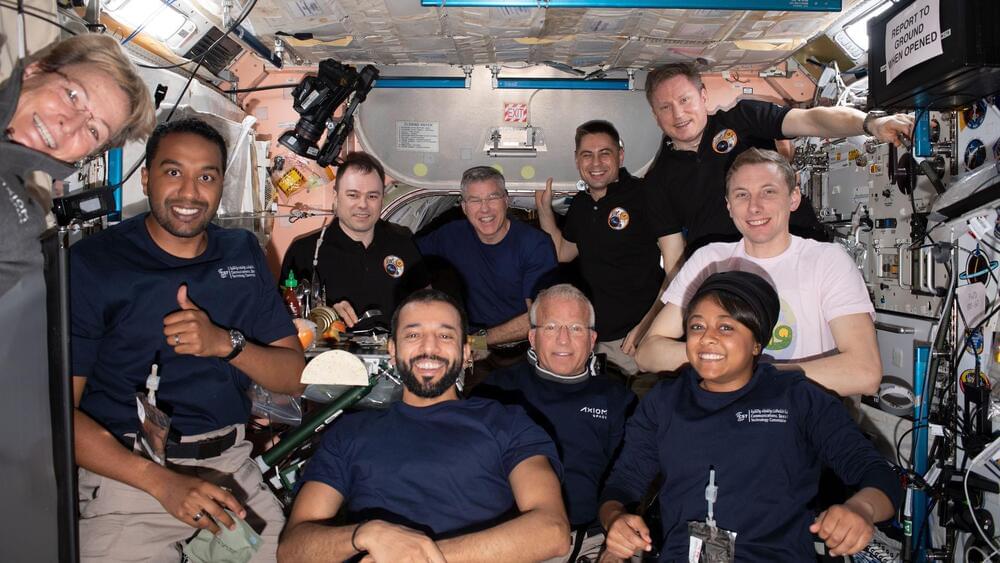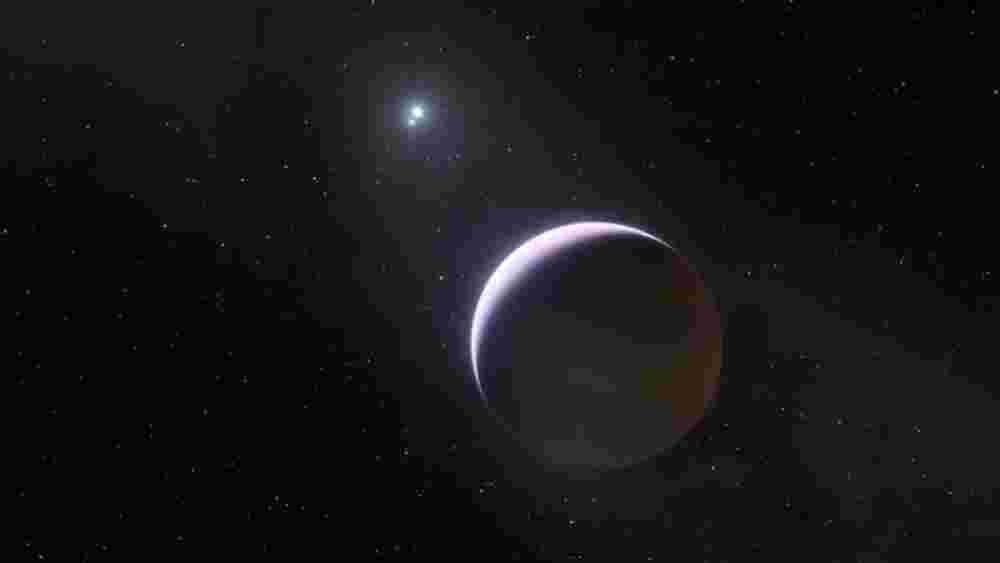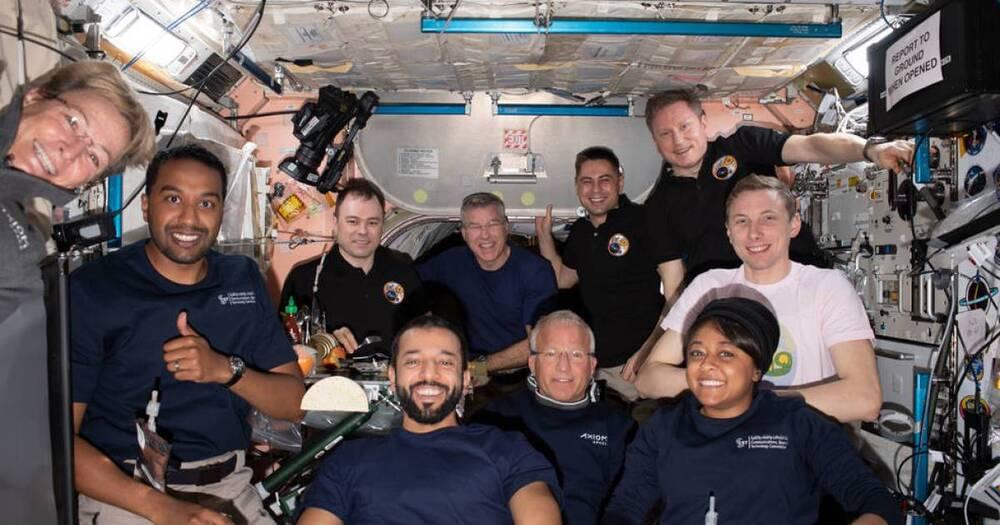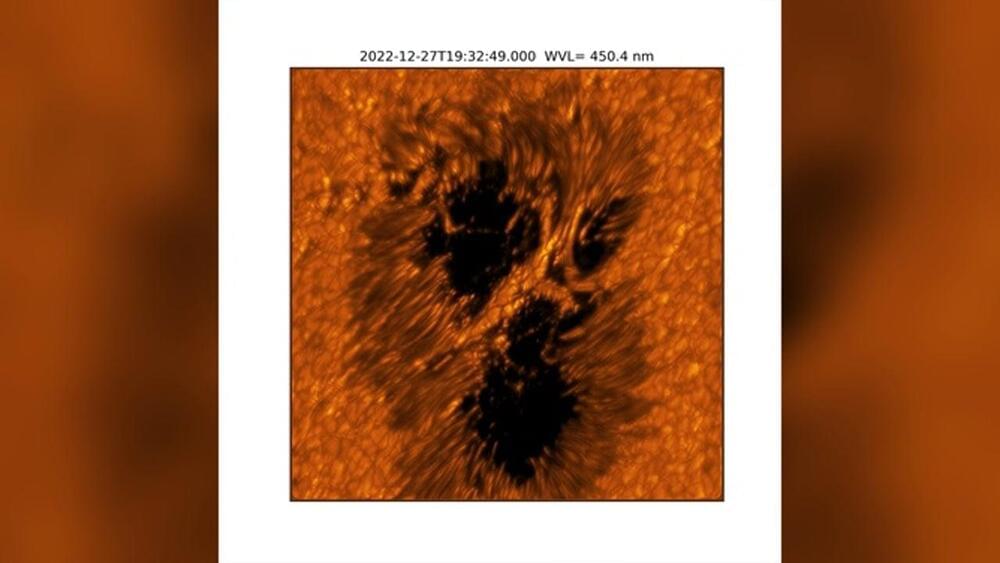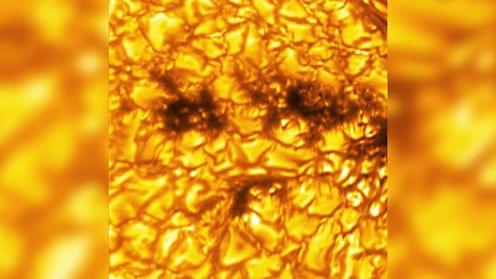Jun 2, 2023
A New Massive Underwater Space Station is In the Making
Posted by Shailesh Prasad in categories: habitats, space
The recent design called Proteus by Yves Behar and Fabien Cousteau is a giant under-water research station and habitat. Proteus is planned to be placed underwater, away from the coast of Curaçao, a Dutch Caribbean island.



